International Space Station Astronauts Preparing To Build Settlements In Low Gravity
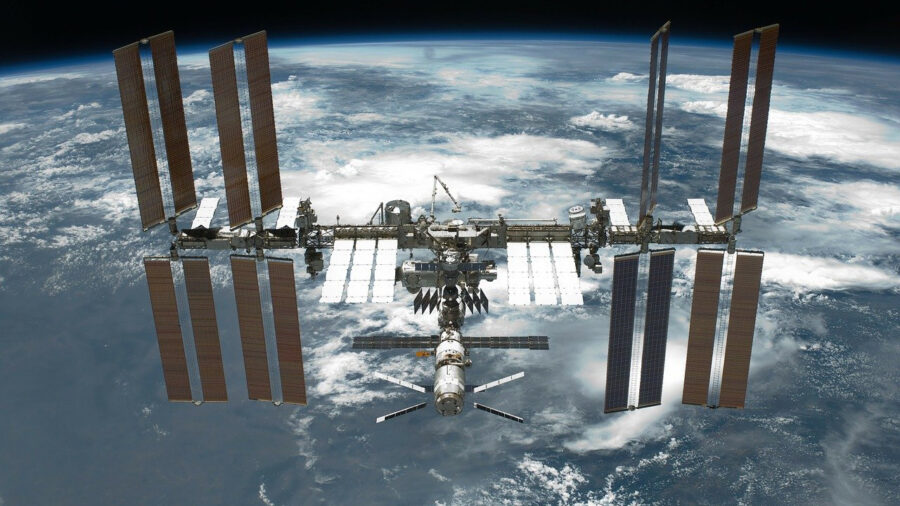
If you thought assembling a new computer desk in your cramped apartment was a tough assignment, International Space Station astronauts may soon be tasked with completing space construction projects in low gravity. The news comes as NASA and its international partners have begun to study different ways to make constructing materials more financially feasible, including possibly assembling them in space. The study has also explored the viability of crew members building habitats on the Moon.
Reliant On Rockets
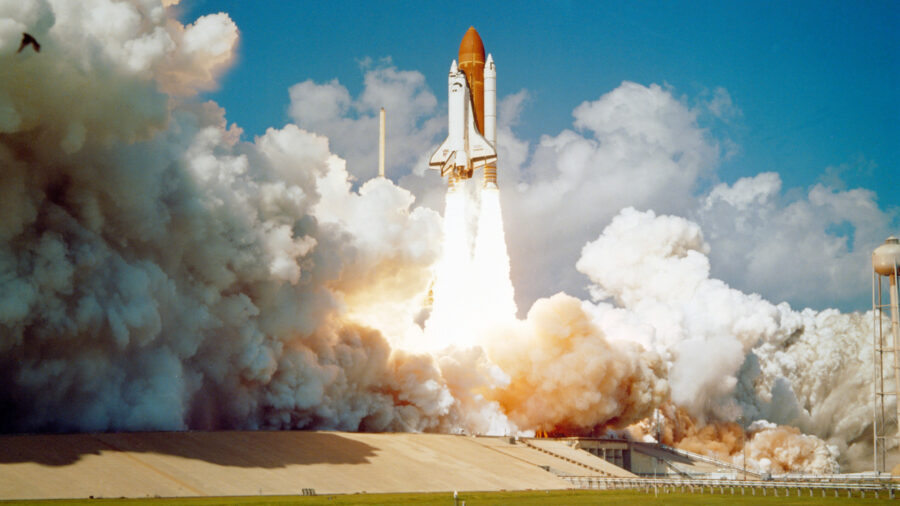
Currently, space programs build materials on Earth and launch them aboard rockets, which can use a significant amount of resources and fuel. In an effort to cut down on costs, the International Space Station has begun running a series of tests to determine how and when future crew members could construct materials in a low-gravity environment. The experiments will examine the possibility of mixing lunar soil with other materials to make cement and build habitable structures on the Moon.
Building In Microgravity
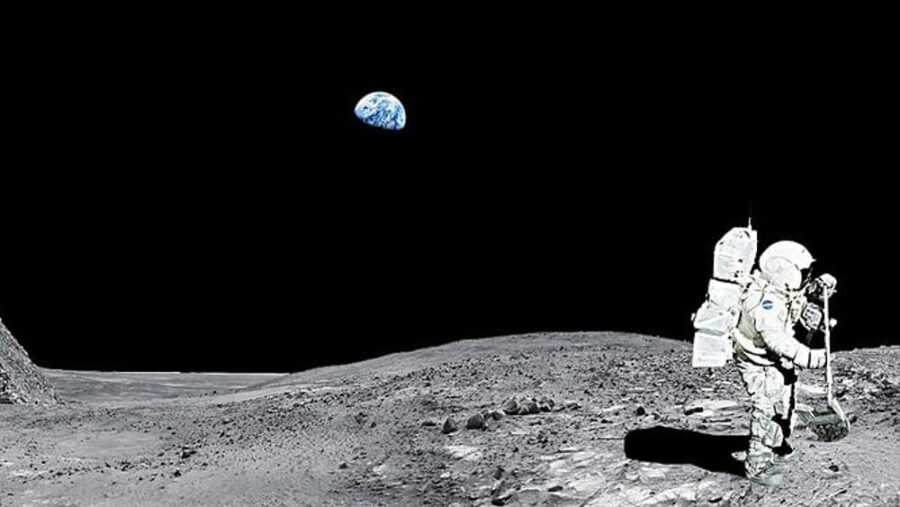
One of the crew members involved in the series of space construction experiments, NASA Flight Engineer Matthew Dominick, is exploring how microgravity could affect the production of cement materials, which could be used to build infrastructure on the surface of the moon.
In his experiment, Dominick attempted to simulate soil that would be found on the moon, which would then be used in cement production. After weeks of sitting at ambient temperature aboard the International Space Station, the concrete samples will then be returned to Earth aboard a SpaceX Dragon cargo craft to be analyzed by researchers.
Active Experiments In Progress
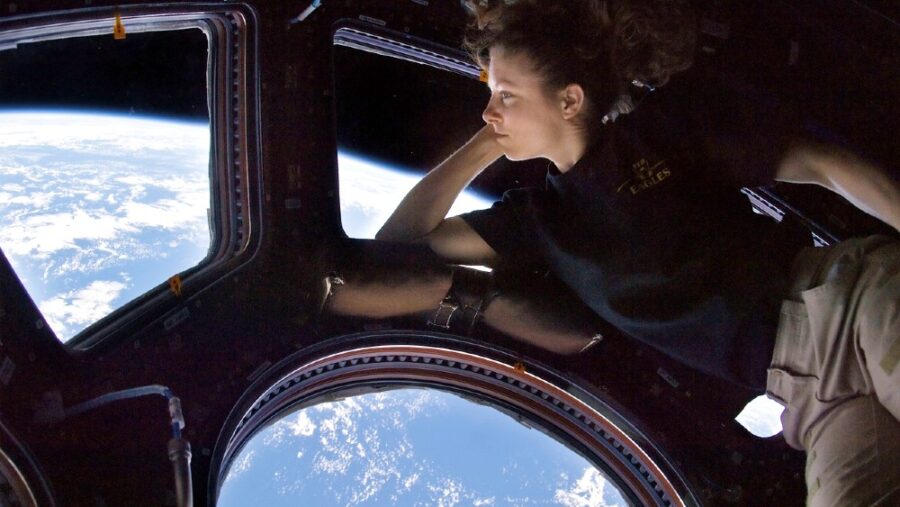
The series of experiments aboard the International Space Station went well beyond just examining the materials used in space construction. NASA astronauts Mike Barratt and Suni Williams took part in an experiment that studied the physical toll that construction in low gravity would have on crew members, including replacing components on a resistive exercise device.
The astronauts also utilized a pair of specialized goggles designed to track the eye movements of astronauts in an effort to monitor how crew members would be able to adapt to low-gravity habitats.
Artemis
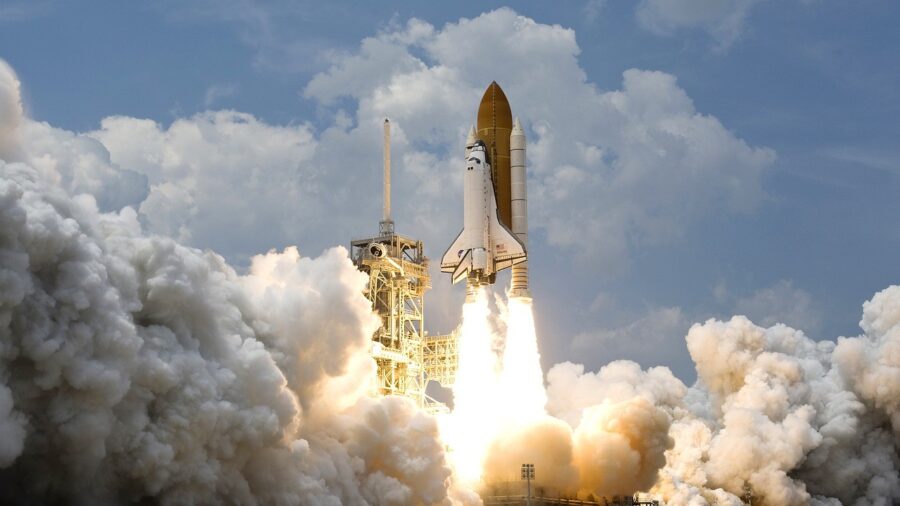
The series of space construction experiments will help NASA during its continuation of the Artemis program. First launched in November 2022, the unmanned Artemis 1 completed its 25-day mission, which was designed to simulate a spacecraft capable of carrying humans to the moon. After achieving a close fly-by of the moon, the spacecraft then successfully splashed down off the Baja Peninsula in December 2022.
Set for launch in September 2025, the Artemis 2 spacecraft will be manned with a small crew of astronauts. The spacecraft will then fly around the moon before returning back to Earth. NASA will look to gather tremendously valuable data from Artemis 2 in the lead-up to the launch of Artemis 3, which is currently planned for a September 2026 launch date.
A History Making Project
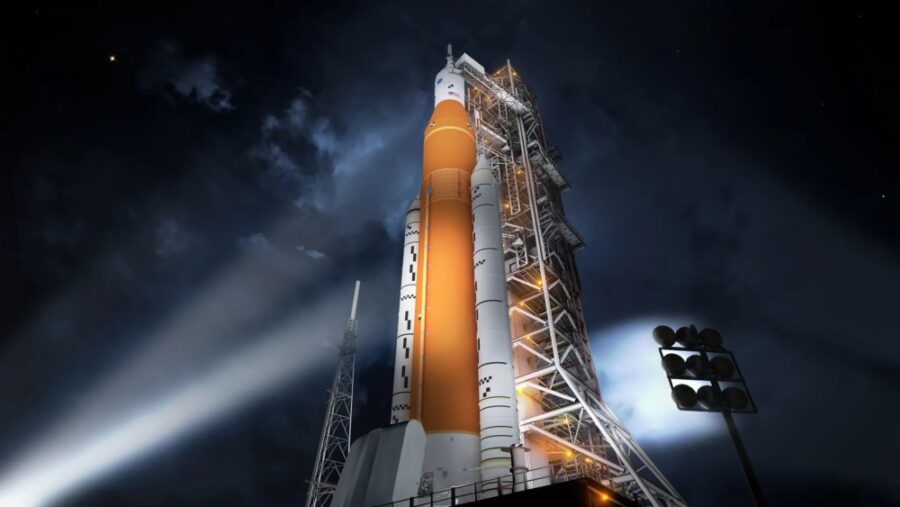
NASA is hoping that Artemis 3 will become the first successfully manned spacecraft to land on the moon since the 1970s. As for now, NASA intends for its Artemis 3 crew members to build a temporary base on the lunar surface. But as researchers analyze data from the current space construction experiments aboard the International Space Station, NASA eyes a permanently installed lunar base in the near future.
Source: NASA












